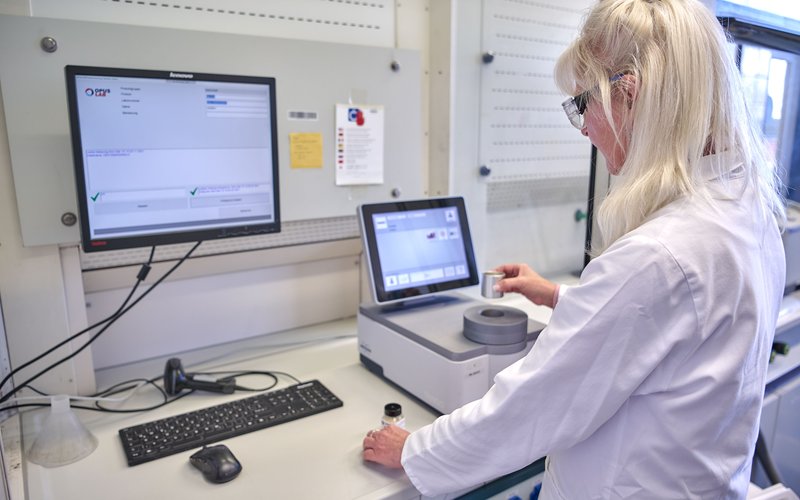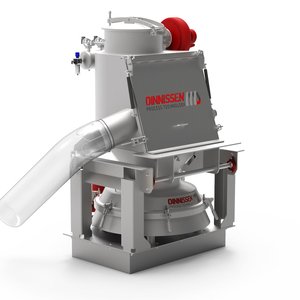With the implementation of the ISO 12099 standard for near-infrared spectroscopy (NIR), updated and expanded calibrations for feed raw materials and feeds, along with new functionalities in AMINONIR® Portable, Evonik now offers its customers in the feed industry an even more comprehensive service.
In addition to feed additives, such as amino acids, and concepts for protein-reduced diets, analytical services are a component of Evonik's system solutions for feeding farm animals in a healthy, efficient, and sustainable way.
“Only those who know the exact quality of their raw materials can use them to produce high-quality feeds that meet the animals’ needs,” said Stefan Mack, head of Service Marketing in Evonik's Animal Nutrition business line. “Since this quality can vary greatly, determining amino acids, basic nutrients, and other raw material parameters in the feed mill or on the farm is essential.”
For decades, Evonik has relied on a combination of wet chemistry and near-infrared spectroscopy (NIR). “Through elaborate wet chemical analyses, we have created the data basis for reliable calibrations of NIR spectra,” said Ingolf Reimann, head of Analytical Services in the Animal Nutrition business line. These calibrations have recently been carried out in accordance with ISO standard 12099. Laboratory processes and documentation have been adapted accordingly.
For benchtop NIR instruments, Evonik has expanded its broad offerings with new calibrations for various insect meals and marine species meals such as shrimp, squid, and krill, as well as for cow feed (beef cattle and dairy cows). “This enables us to provide the feed industry with new sources of protein,” said Reimann. Calibrations for a number of raw materials such as corn, fishmeal and soybean meal have been updated in line with the regular schedule.
AMINONIR® Portable, Evonik's mobile NIR service that has been available since the end of 2020, can now also be used with an iPhone or iPad. For Android phones, the second app version is available. New functionalities include even faster first-time setup and scanning of samples, as well as integration options for barcodes and geodata.










